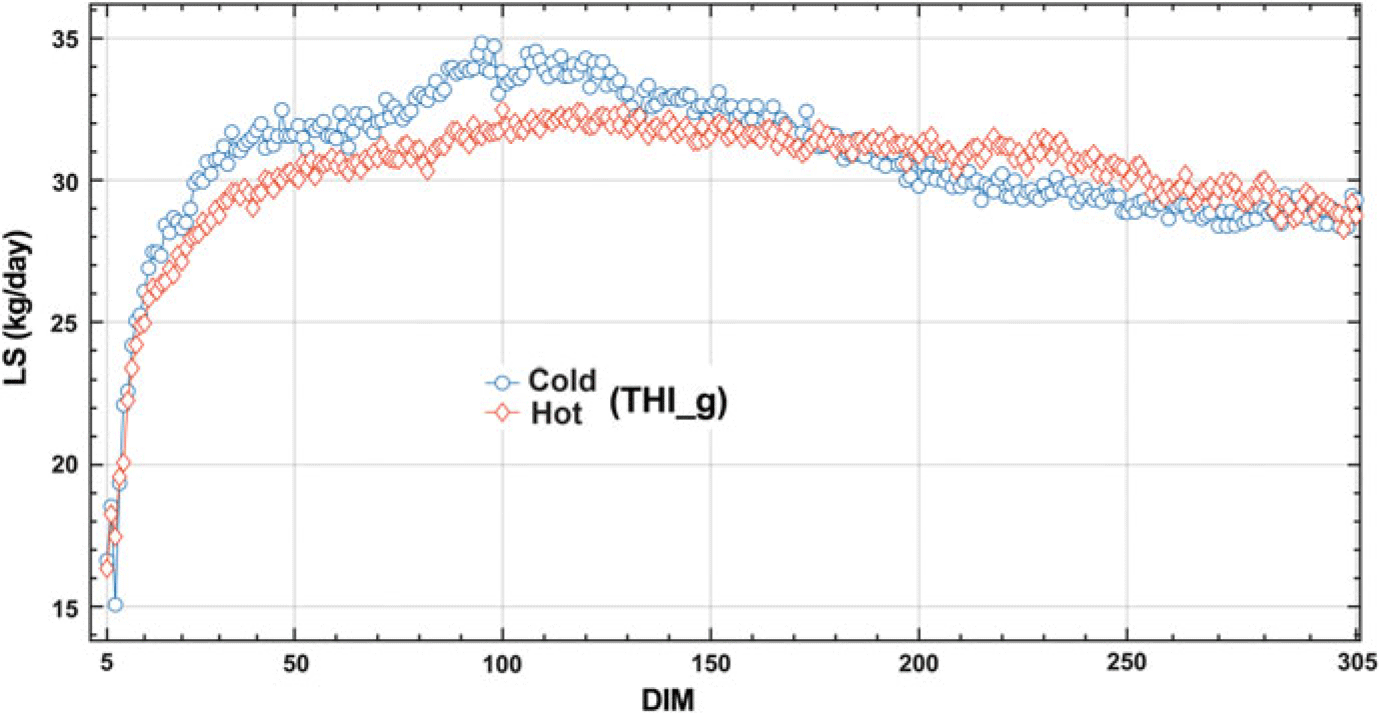
With the default values for, , and (0.005, 0.01, and 0.05, respectively), NSAMP=12604 by default. By default, is set based on the values of the target accuracy radius and accuracy confidence % for an interval for the true probability content of the estimated th quantile. Specifies the sample size for the simulation. The default value for the accuracy confidence is 99%, corresponding to EPS=0.01. Specifies the value for a % confidence interval for the true probability content of the estimated th quantile. The control-variate-adjusted quantile estimate takes roughly twice as long to compute, but it is typically much more accurate than the sample quantile.

Specifying the CVADJUST option typically has the effect of significantly reducing the accuracy radius of a % confidence interval for the true probability content of the estimated th quantile. Specifies that the quantile should be estimated by the control variate adjustment method of Hsu and Nelson ( 1998) instead of simply as the quantile of the simulated sample. Note that, if you also specify the CVADJUST simoption, then the actual accuracy radius will probably be substantially less than this target. Specifies the target accuracy radius of a % confidence interval for the true probability content of the estimated th quantile. You can specify the following simoptions in parentheses after the ADJUST=SIMULATE option. By default, = 0.005 and = 0.01, so that the tail area of is within 0.005 of 0.95 with 99% confidence. Where is the simulated and is the true distribution function of the maximum see Edwards and Berry ( 1987) for details. The number of samples for the SIMULATE adjustment is set so that the tail area for the simulated is within a certain accuracy radius of with an accuracy confidence of %. You can change this value with the ALPHA= option in the LSMEANS statement. The default is the value of the ALPHA= option in the PROC GLM statement or 0.05 if that option is not specified. The simulation estimates, the true th quantile, where is the confidence coefficient. The SIMULATE adjustment computes the adjusted p-values from the simulated distribution of the maximum or maximum absolute value of a multivariate t random vector.

The preceding references also describe the SCHEFFE and SMM adjustments. Similarly, when you specify either ADJUST=DUNNETT or the ADJUST=NELSON option and the LS-means are correlated, PROC GLM uses the factor-analytic covariance approximation described in Hsu ( 1992) and identifies the adjustment in the results as "Dunnett-Hsu" or "Nelson-Hsu," respectively. When you specify ADJUST=TUKEY and your data are unbalanced, PROC GLM uses the approximation described in Kramer ( 1956) and identifies the adjustment as "Tukey-Kramer" in the results. The BON (Bonferroni) and SIDAK adjustments involve correction factors described in the section Multiple Comparisons and in The default is ADJUST=T, which really signifies no adjustment for multiple comparisons. If you specify the ADJUST=NELSON option, PROC GLM analyzes all differences with the average LS-mean. If you specify ADJUST=DUNNETT, PROC GLM analyzes all differences with a control level. By default, PROC GLM analyzes all pairwise differences. The ADJUST= option modifies the results of the TDIFF and PDIFF options thus, if you omit the TDIFF or PDIFF option then the ADJUST= option has no effect. Requests a multiple comparison adjustment for the p-values and confidence limits for the differences of LS-means. For example:ĪDJUST=DUNNETT ADJUST=NELSON ADJUST=SCHEFFE ADJUST=SIDAK ADJUST=SIMULATE ADJUST=SMM | GT2 ADJUST=TUKEY ADJUST=T Multiple effects can be specified in one LSMEANS statement, or multiple LSMEANS statements can be used, but they must all appear after the MODEL statement.

For further information, see the section Construction of Least Squares Means. Each LS-mean is computed as for a certain column vector, where is the vector of parameter estimates-that is, the solution of the normal equations. In a sense, LS-means are to unbalanced designs as class and subclass arithmetic means are to balanced designs. LS-means are predicted population margins that is, they estimate the marginal means over a balanced population. In contrast to the MEANS statement, the LSMEANS statement performs multiple comparisons on interactions as well as main effects. You can also specify options to perform multiple comparisons.

You can specify only classification effects in the LSMEANS statement-that is, effects that contain only classification variables. Least squares means (LS-means) are computed for each effect listed in the LSMEANS statement.


 0 kommentar(er)
0 kommentar(er)
